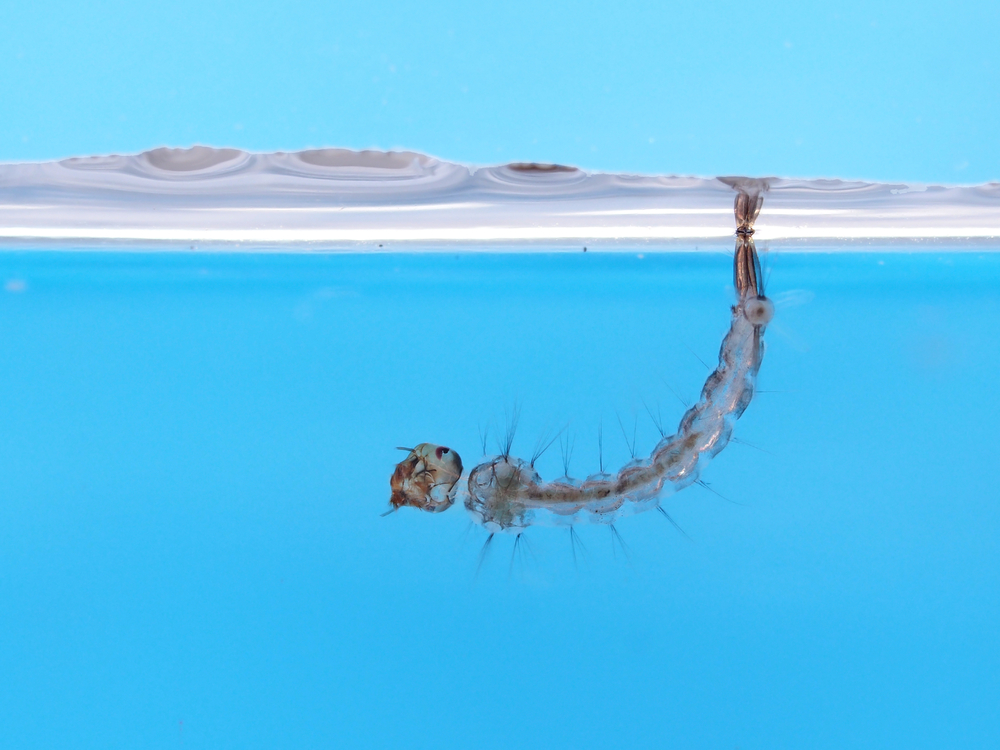Breaking
DOST study: Summer is the best time to fight dengue mosquitoes
Summer may be the best time to eliminate the breeding sites of dengue-causing mosquitoes to prevent a dengue epidemic in the coming rainy season.
This was revealed by Dr. Frances Edillo of the University of San Carlos in her talk during the 32nd anniversary celebration of the Department of Science and Technology-Philippine Council for Health Research and Development (DOST-PCHRD).
Her statement stems from a DOST-PCHRD funded study, which she led in Cebu City, proving that transovarial transmission of the dengue virus occurs in the study site. Transovarial transmission is the transmission of a virus from the mother mosquito to its offspring. Horizontal transmission, on the other hand, is the transmission from mosquito to humans and vice versa.
The study is limited to Aedes aegypti, the more common vector or carrier of the dengue virus in the country.
The research group collected larvae and pupae from house and field premises in four randomly selected sites in Cebu City, every month from November 2011 to July 2012.
Using Polymerase Chain Reaction (PCR), a technique for making multiple copies of a gene from a sample DNA, the researchers were able to determine the presence of three of the four dengue serotypes or variations from the collected samples. These identified serotypes are DENV-1, DENV-3, and DENV-4.
The research also revealed that the month of April registered the highest minimum infection rate in the mosquito samples.
Edillo explained that if the larvae and pupae infected with dengue virus survive to become mosquitoes in the following rainy season, these mosquitoes could set off an epidemic among humans via horizontal transmission.
In addition, she noted that Cebu City exhibits a pattern wherein a dry season with a low number of dengue cases is followed by a rainy season with a high number of dengue cases.
Article courtesy of S&T Media, Department of Science and Technology, 02 April 2014.






















